Unabashedly, here at The High Route, we like emergent gear companies that allow their products, not the spray, to speak for themselves.
The backstory. Through a series of conversations in Norway (at ISSW?), one of the founders of Tindeq received our contact information. A few back-and-forth emails ensued. Then, a week or so later, a DHL package arrived from Norway. Tindeq is niche. They produce a few products: a dynamometer(s)—which measures forces; two different strength training tools geared towards climbers; and a snow saw. It’s a mixed bag, for sure.
This season, we’ll be testing/using Tindeq’s snow saw and their Progressor 200 dynamometer. (Gavin will use this tool to make basic force measurements and get his crimp on. He can comment on that later.)
We know, snow saws.
If you note a tone of “meh” in the above sentence, you wouldn’t be wrong. After a first look at the Tindeq snow saw, we admit we were wrong. This is a beautiful tool, and there is nothing meh about it. The snow saw comes in three discrete sections: the grip, middle-blade, and end-section. Connect all three sections, and you have a saw extending slightly over one meter. For avalanche professionals, this could be your golden ticket to crafting bigger, better, and more efficient snowpits. For enthusiasts keen on efficiency, you can build a snow saw without the middle section, with an effective saw length of 70cm. Most standard snow saw blades run approximately 35cm in length, and are a single section design.
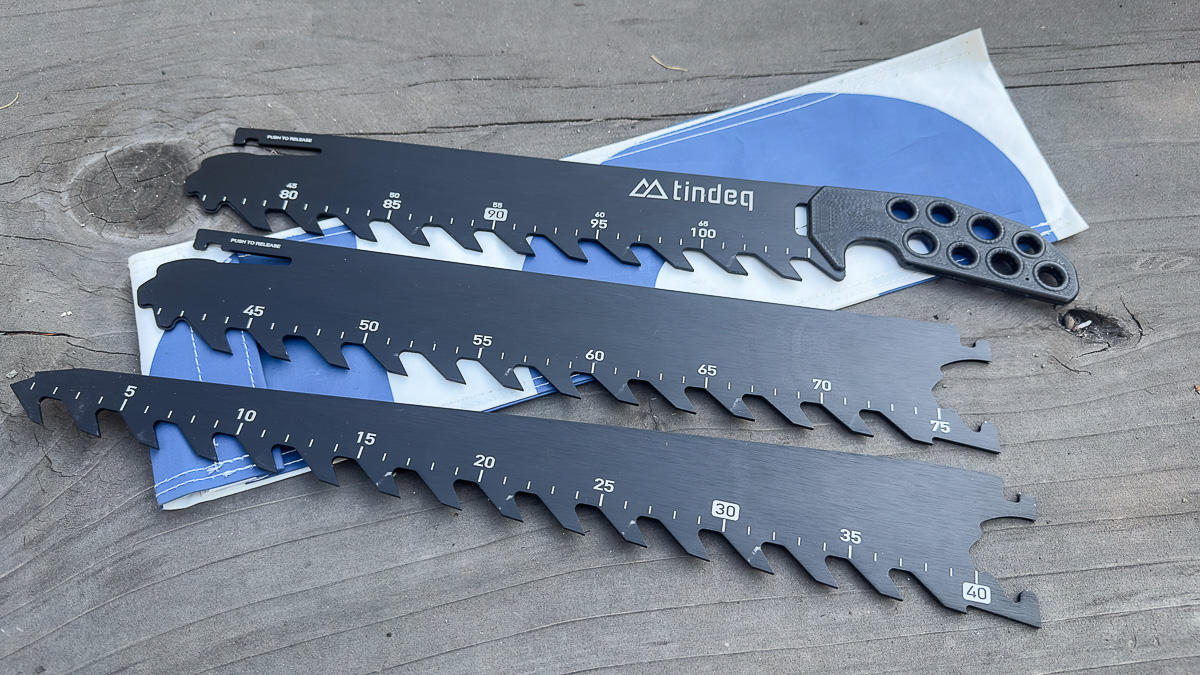
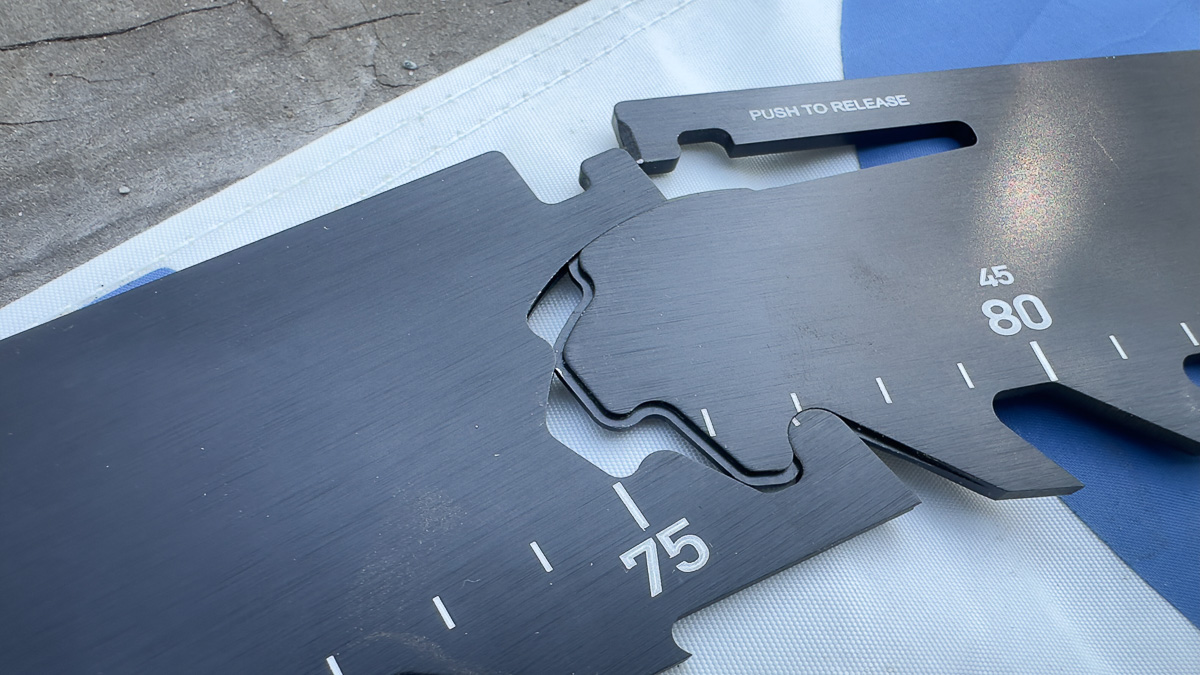
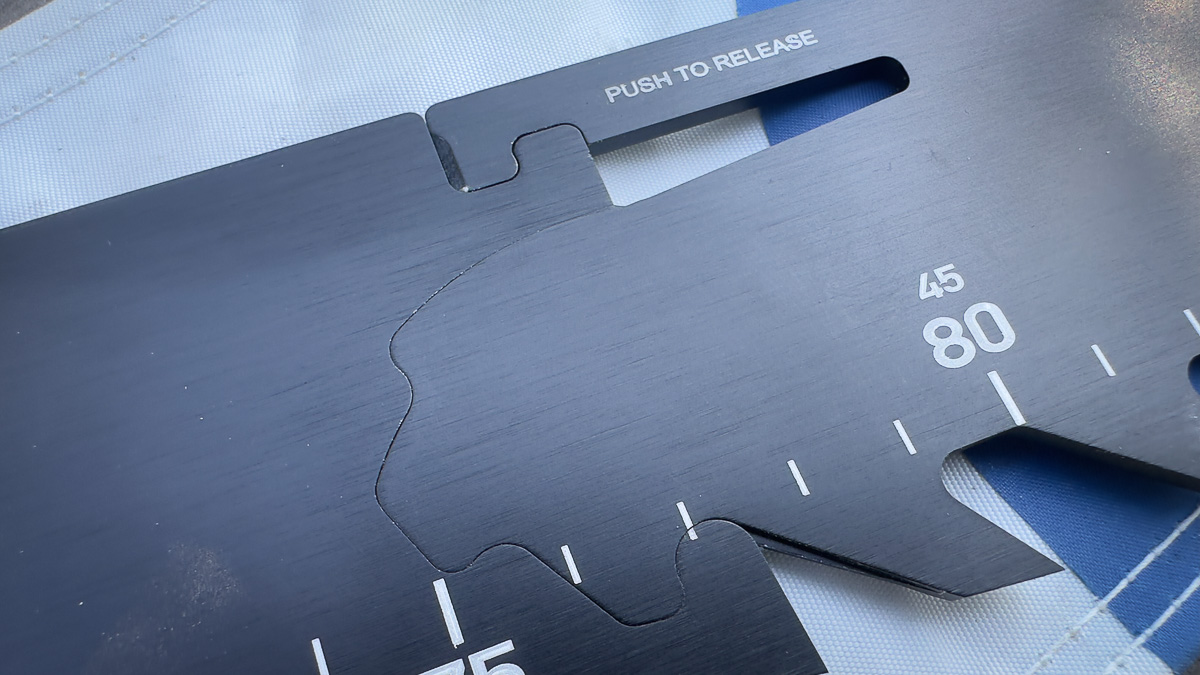
The elegance here is how the saw sections interface and connect—the three sections snap together like puzzle pieces. The aluminum is machined with subtle beveled edges at the connecting points. Align the two adjoining sections properly, as shown in the image, rotate, and “click,” they snap into place. So far, with all three sections connected and waving it around slowly like a lightsaber, the saw feels plenty secure. To disengage the sections and break down the saw, push/press the tab labeled “push to release.” Simple, yet high function.
Made from anodized 7075-T6 aluminum and arriving with a protective sheath (50cm in length), the Tindeq snow saw seems like a tool that could become a hand-me-down. There are no parts to break, and it harnesses some downright kick-ass design principles.
The saw will now be sent to gear testing HQ in Wilson, Wyoming, where we can hear someone’s brain turn over this thought: can you folks make this in Titanium?
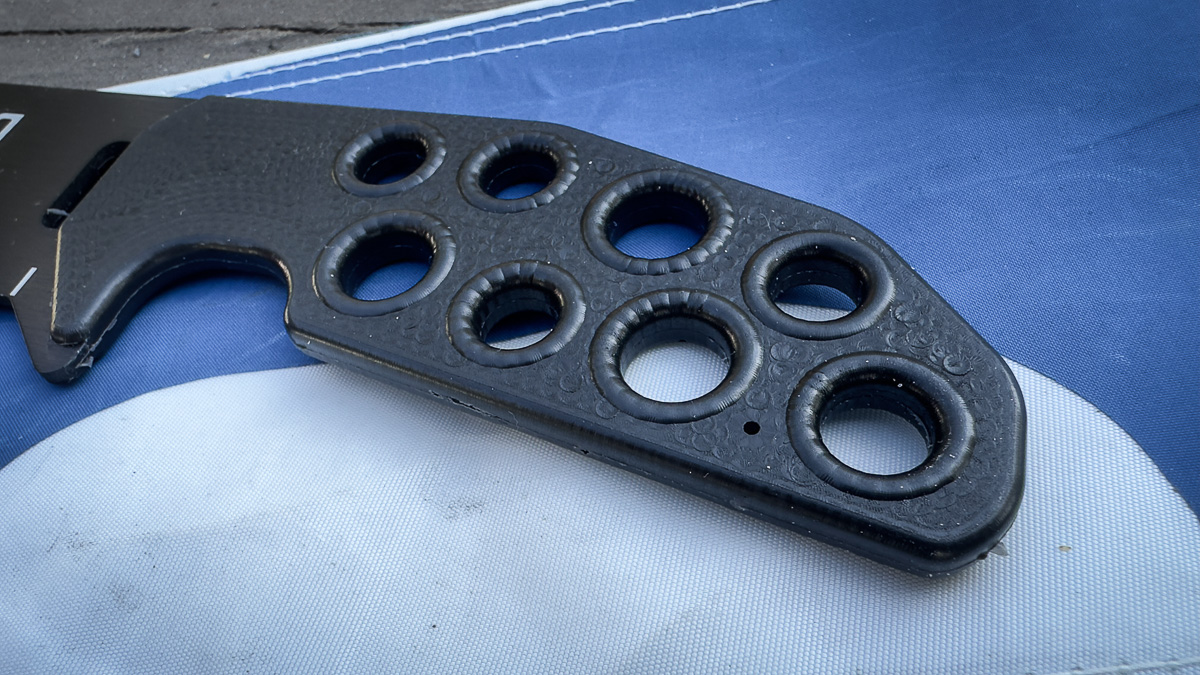
Price: $199
Sales/Shipping: Can be shipped to North America
Verified Weight with Nylon sheath: 435g
Verified Weight Three Saw Sections: 382g
Verified Design Elegance: 100% Sweet

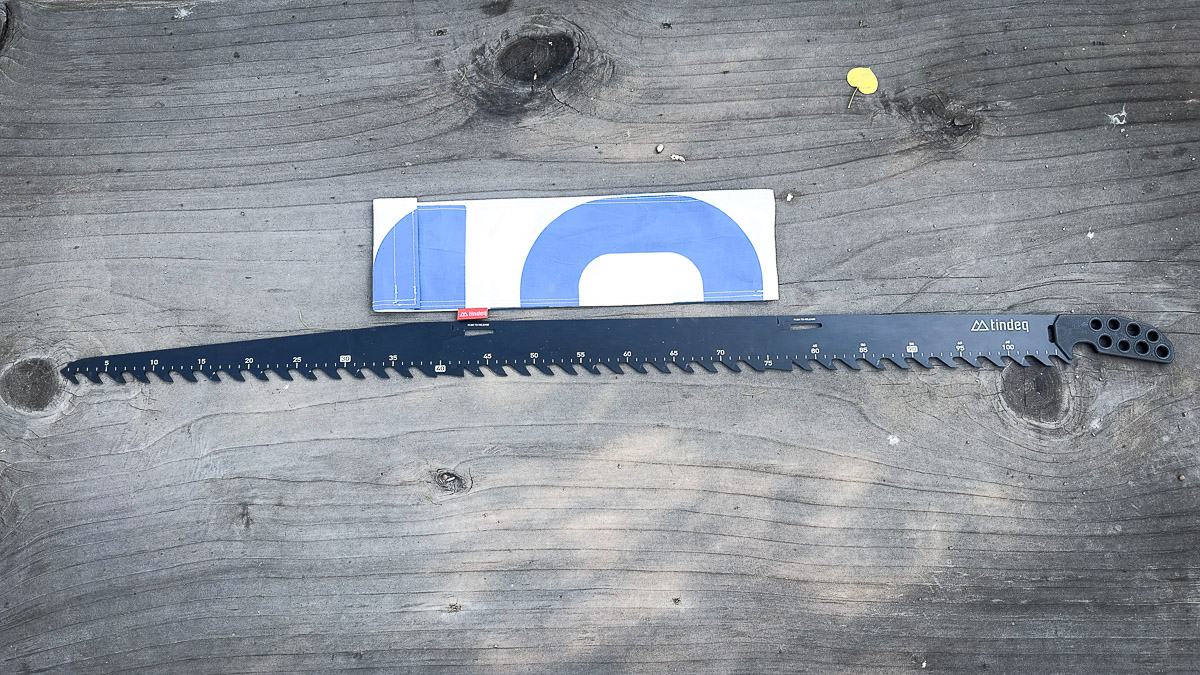




Leave a Reply
You must be logged in to post a comment.